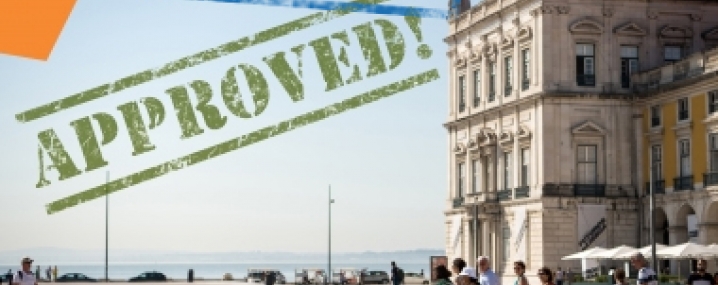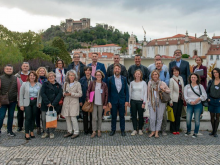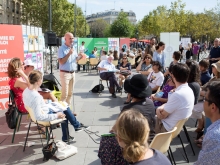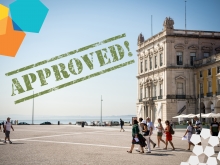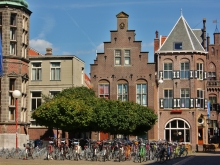Parma
The almost east-west orientation of this important Roman road the Via Emilia (the decumanus maximus) and the crossing of the cardine (the north-south axis) is still evident today structuring the plan of the historic centre in the alignment of the Strada della Republica and the Strada Farini/Cavour. Later the city would assume the position as capital of the “dukedom of Parma and Piacenza”(1545 – 1859). Parma is the seat of one of the oldest universities in Italy and its research activity is renowned in various fields - including food, agriculture, biotechnologies, innovative and experimental medicine, law, economics and arts. Among its most important discoveries have been those of “mirror neurons” by the Department of Neuroscience, and research in information engineering targeting Intelligent Transportation Systems, which is advancing the development of intelligent vehicles.
Parma is the capital of the so-called “Food Valley”: the city specializes in the food sector and the local food industry consists of traditional craft production, small enterprises as well as larger industries (the pasta maker Barilla was founded and has its most important production facility in Parma).
Parma is profiled as the capital of the European agricultural and food industry, and this combined with history, tradition and investment contributes to a significant cultural vocation. Tourism is very important for the local economy, so the ability to attract tourists thanks to important exhibitions and events is essential. Parma hosts the “Cibus” which is the most important alimentary fair in Italy, and food production and processing represents a very important component of freight distribution patterns in the city
SOME RELATED NETWORKS
UrbSecurity
Thriving Streets
Article
UrbSecurity - An Action-Plan Network for planning safer cities
Article
Thriving Streets: Designing mobility for attractive cities
Article
URBACT’s City Labs: Refreshing Europe’s urban policy principles
News
23 Action Planning Networks approved!
Article

